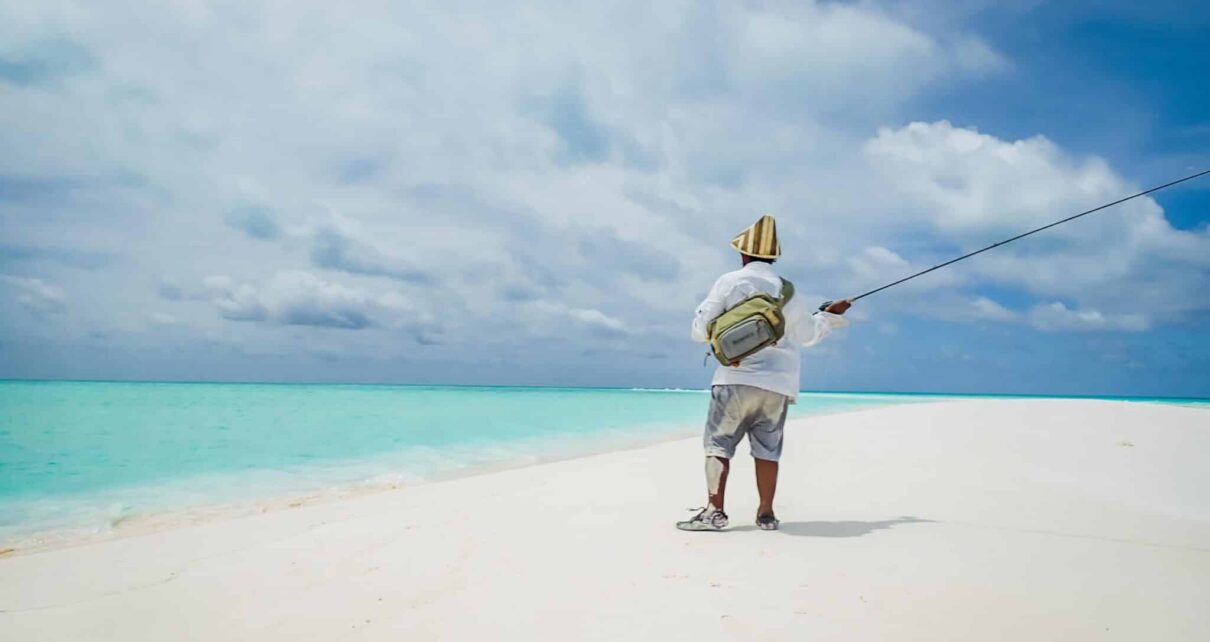The island of Nonouti in Kiribati’s southern Gilbert group confirmed its readiness to welcome international travellers when it showcased its Community-Based Tourism (CBT) products to senior government officials and industry stakeholders.
Over the last 12 months, the Tourism Authority of Kiribati (TAK) Tourism Officer – Product Development, Ms. Kiarake Karuaki made numerous trips to Nonouti to introduce the concept of Sustainable CBT to communities and local organizations on the island. These trips included scoping for potential CBT sites, soliciting community interest to participate in the initiative, and the provision of tourism support and training for these remote island communities.
Nonouti island is a popular fly-fishing destination in the Gilbert group. Through this initiative, visitors can now also enjoy a number of cultural and traditional culinary experiences, including the islands’ famous te ibunroro – a local delicacy made from fresh sea shell meat cooked in an intricately carved out young coconut shell over an open fire. The result is a creamy blend of ocean goodness and coconut milk freshness with a distinct burnt aroma pleasing to the taste bud.
Nonouti island is where the Roman Catholic Church was first established in Kiribati in 1888 and is also home to the largest and oldest Maneaba in Kiribati. Called “te Aake” (the ark). It was built as a symbol of the first arrival of Christianity to Kiribati through the Roman Catholic Church.
Supported by the LDCF -1 Food Security Project funded by the Global Environment Facility (GEF) through the UNDP and managed by the Environment and Conservation Division (ECD) under the MELAD, this CBT initiative attracted the interest of 3 communities, local fishing guides, and supported by the Nonouti Island Council.





